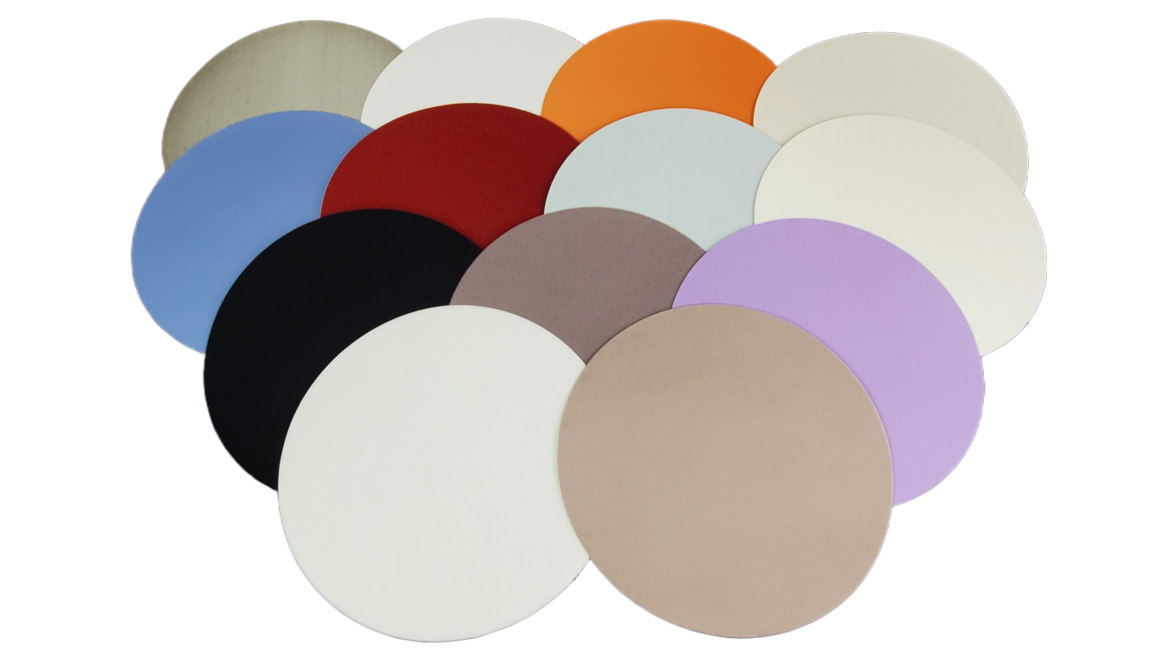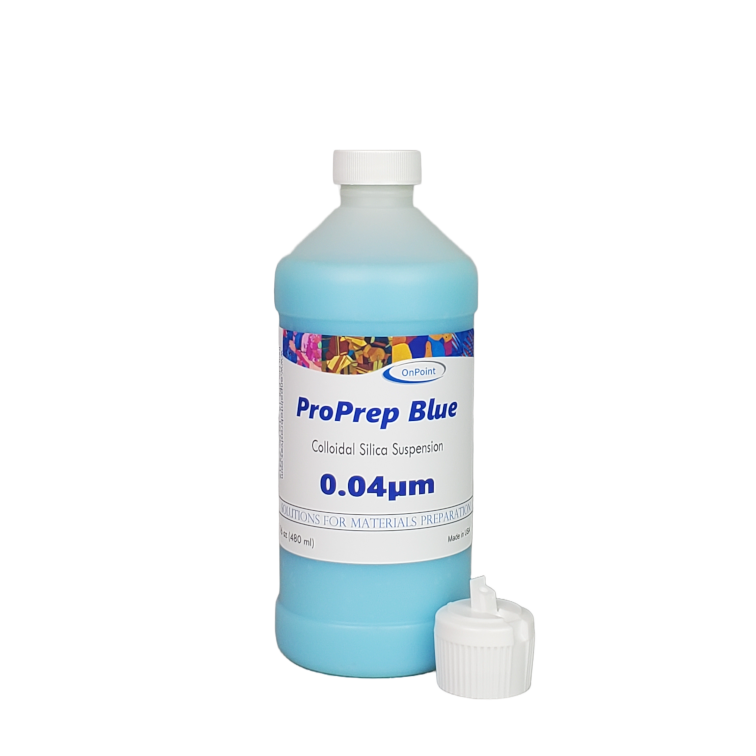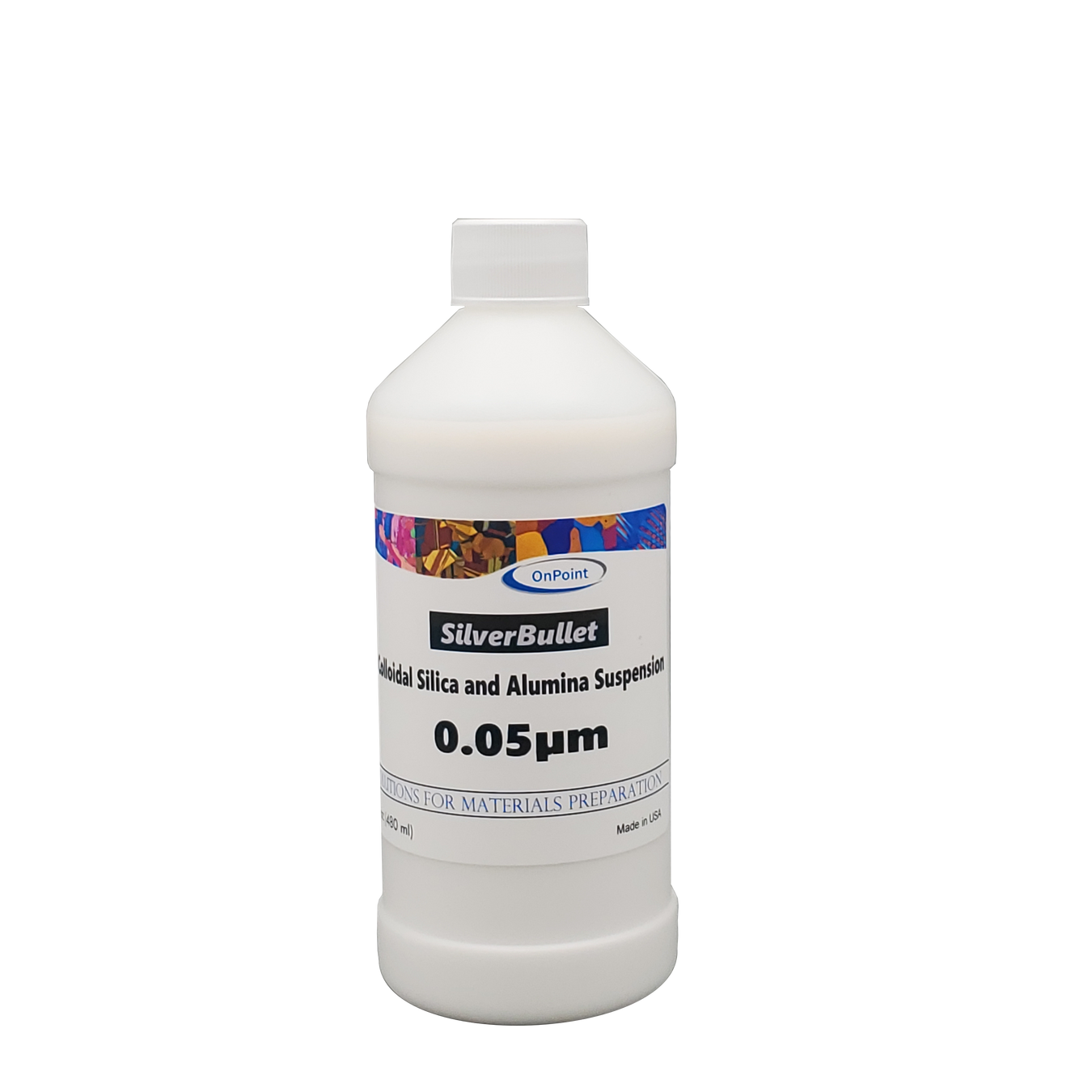
8in Diamond Grinding Discs
Available in PSA or Magnetic Backing

Available in PSA or Magnetic Backing

Use this section to welcome customers to your store, say a bit about your brand, or share news.

Increase efficiency and minimize waste with our Magnetic backed polishing cloths

Dyed blue for visibility

Unique blend of colloidal silica and polycrystalline alumina make this a great choice for a wide range of materials

Available in 0.3, 1, 3, and 5 micron







The CMP process involves a specialized machine with a rotating platen covered with a polishing pad designed to interact effectively with the slurry and specimen surface. A chemical slurry containing fine abrasive particles is dispensed onto the polishing pad. The specimen is pressed against the pad with controlled downward force, while both the pad and the specimen rotate, ensuring uniform material removal and a highly polished finish

Metallographic sample preparation plays a fundamental role in ensuring material integrity, helping engineers and quality control professionals assess microstructures, detect defects, and verify compliance with stringent industry standards.
